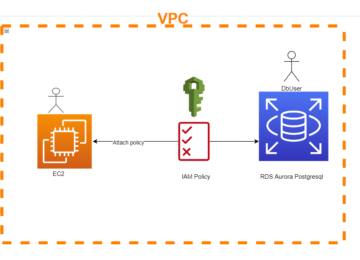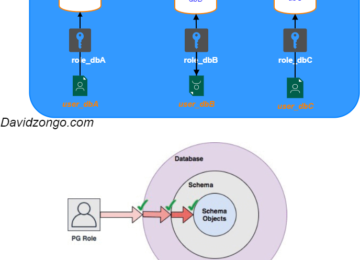As a software architect, you are responsible for designing and overseeing the development of software systems. This can be a complex and challenging task, but with the right tools, you can make the process much easier and more efficient. One of the most powerful tools available to software architects is ChatGPT, a natural language processing system developed by OpenAI. If you have not yet try it, please follow this link.
ChatGPT can be incredibly useful for software architects in a number of ways. One of the main benefits is its ability to generate natural language descriptions of software systems. This means that you can use the system to create documentation and other materials that are easier for non-technical stakeholders to understand. By providing clear and concise explanations of complex systems, you can improve communication and ensure that everyone is on the same page.
Another benefit of using ChatGPT is its ability to analyze and interpret natural language input. This means that you can use the system to create more intelligent and responsive software systems. For example, you can use ChatGPT to develop chatbots and other virtual assistants that can understand and respond to user input in a more natural and human-like way. This can be incredibly helpful for improving user engagement and satisfaction.
ChatGPT can also be used to automate many common tasks in software development. For example, you can use the system to automatically generate code based on natural language descriptions of what you want your software to do. This can save you time and make it easier to create complex systems.
Moreover, ChatGPT can be used to gather requirements for a software system by analyzing natural language descriptions of what stakeholders need the system to do. This can help architects to better understand the goals of the project and ensure that they are designing a system that meets those goals. Similarly, ChatGPT can be used to generate test cases based on natural language descriptions of the software system, which can help architects ensure that the system is working as intended and meets the needs of stakeholders.
Another benefit of ChatGPT is its ability to create intelligent systems. By leveraging natural language processing, architects can create more intelligent and responsive software systems that can analyze and interpret natural language input. This can help to improve the overall user experience and provide more personalized and responsive software solutions.
Finally, ChatGPT can be used to improve the efficiency of software development teams. By providing clear and concise explanations of software systems, the system can help to reduce misunderstandings and errors. This can help to streamline the development process and ensure that everyone is working towards the same goals.
5 use cases examples for ChatGPT in software architecture:
- Requirements Gathering: ChatGPT can be used to gather requirements for a software system by analyzing natural language descriptions of what stakeholders need the system to do. This can help architects to better understand the goals of the project and ensure that they are designing a system that meets those goals.
- Code Generation: ChatGPT can be used to automatically generate code based on natural language descriptions of what the software system should do. This can save architects time and ensure that the code they generate is more accurate and aligned with the project requirements.
- Test Case Generation: ChatGPT can be used to generate test cases based on natural language descriptions of the software system. This can help architects to ensure that the system is working as intended and meets the needs of stakeholders.
- Chatbots and Virtual Assistants: ChatGPT can be used to develop chatbots and virtual assistants that can interact with users in a more natural and human-like way. This can help to improve user engagement and satisfaction.
- Documentation: ChatGPT can be used to generate documentation for software systems, including user manuals, technical guides, and other materials. This can help to improve communication and ensure that stakeholders have a clear understanding of the system.
I hope this article has provided you with valuable insights on the benefits of ChatGPT in software architecture. If you have any thoughts or comments on this topic, we would love to hear from you. Please feel free to share your feedback in the comments section below.
If you found this article helpful, I would also appreciate it if you could share it with your colleagues and friends who may be interested in this topic.
Thank you for reading, and we look forward to hearing from you soon!









